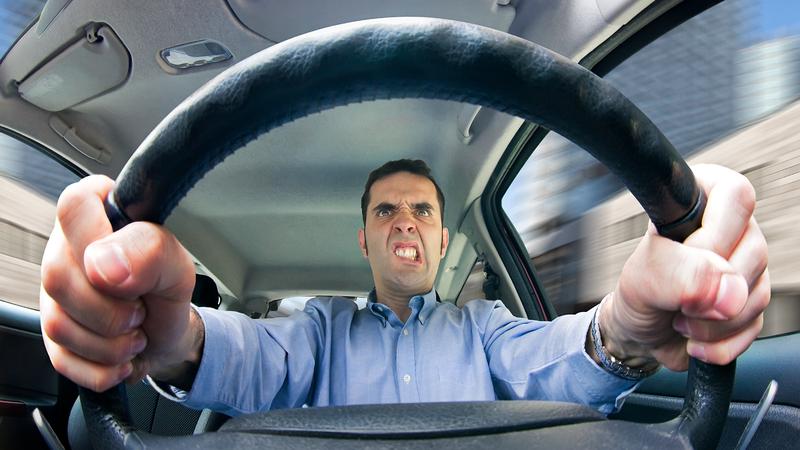
Rules of the road refresher
Other people’s driving. It’s a topic that can infuriate even the most patient of motorists.
A survey conducted by AutoTrader showed more than three-quarters of respondents found that the behaviour of other drivers was a common stressor that could lead to distraction and two out of three people say that traffic ramped up stress.
Another recent online poll, which surveyed 1,545 Canadians, found 83 per cent of drivers have personally seen road rage while 56 per cent have acted upon their anger.
In an effort to curb that behavior, SGI is helping our readers to remember a few basic rules of the road that are often misunderstood or forgotten.



